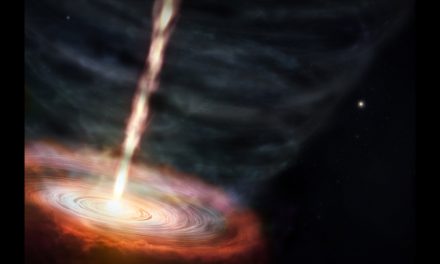Researchers have discovered the first definitive proof that the moon inherited indigenous noble gases from the Earth’s mantle; a major step towards understanding the origins of the moon.
The discovery represents a significant piece of the puzzle towards understanding how the moon and, potentially, the Earth and other celestial bodies were formed.
Researchers at ETH Zurich, including geochemists, cosmochemists, and petrologists published their findings in Science Advances, the research team reports findings that show that the Moon inherited the indigenous noble gases of helium and neon from Earth’s mantle. The discovery adds to the already strong constraints on the currently favoured ‘Giant Impact’ theory that hypothesises the Moon was formed by a massive collision between Earth and another celestial body.
The team led by Patrizia Will analysed six samples of lunar meteorites from an Antarctic collection, obtained from NASA. The meteorites consist of basalt rock that formed when magma welled up from the interior of the Moon and cooled quickly forming glass crystals which, the team discovered, retained the chemical fingerprints (isotopic signatures) of the solar gases: helium and neon from the moon’s interior. Their findings strongly support that the Moon inherited noble gases indigenous to the Earth.
Will said: “Finding solar gases, for the first time, in basaltic materials from the Moon that are unrelated to any exposure on the lunar surface was such an exciting result.”
ETH Zurich’s Professor Henner Busemann, one of the world’s leading scientists in the field of extra-terrestrial noble gas geochemistry, added: “While such gases are not necessary for life, it would be interesting to know how some of these noble gases survived the brutal and violent formation of the moon.
“Such knowledge might help scientists in geochemistry and geophysics to create new models that show more generally how the most volatile elements can survive planet formation, in our solar system and beyond.”











